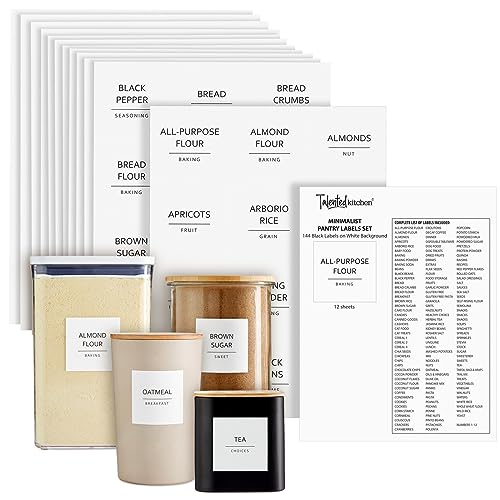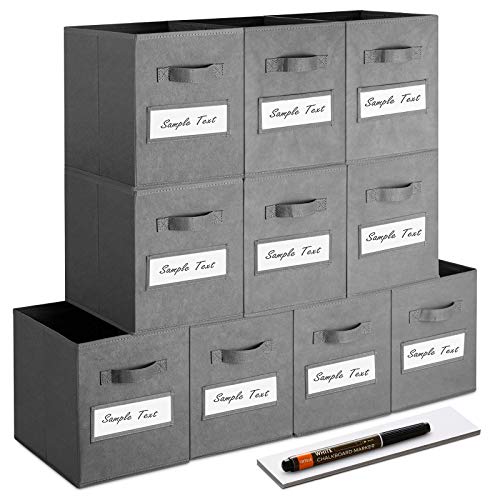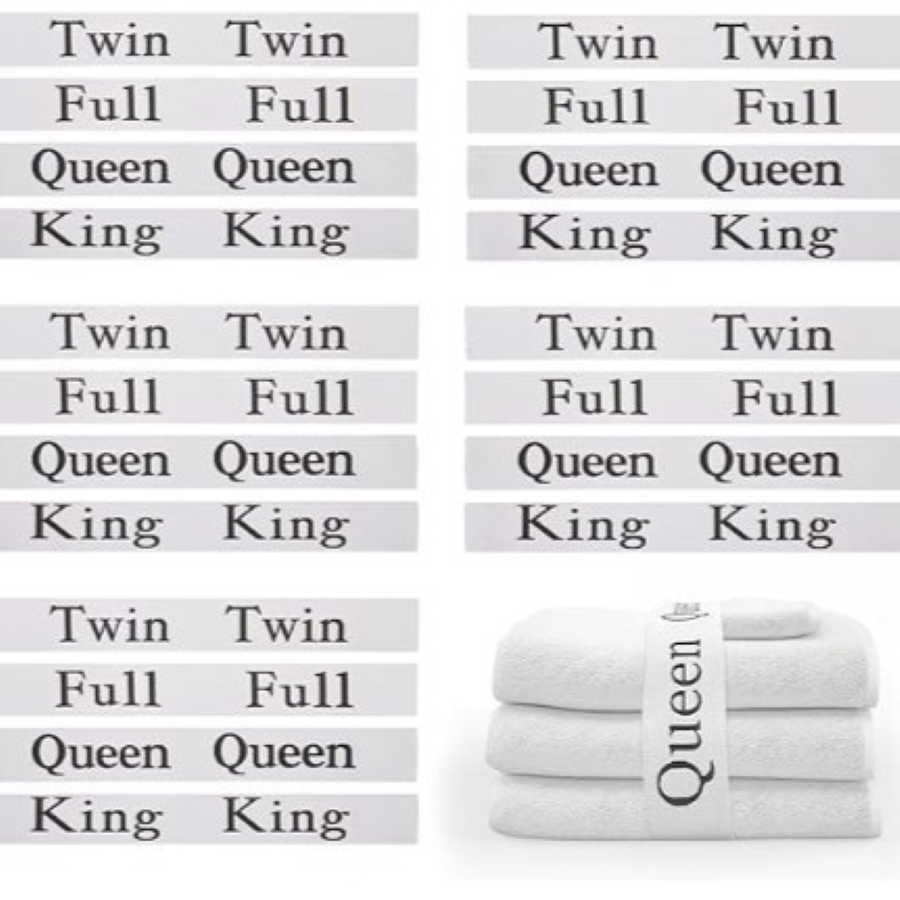10 things professional organizers do daily to make sure their homes are always clutter-free
These 10 habit changes that professional declutterers swear by will help your curb your home's clutter problem for good
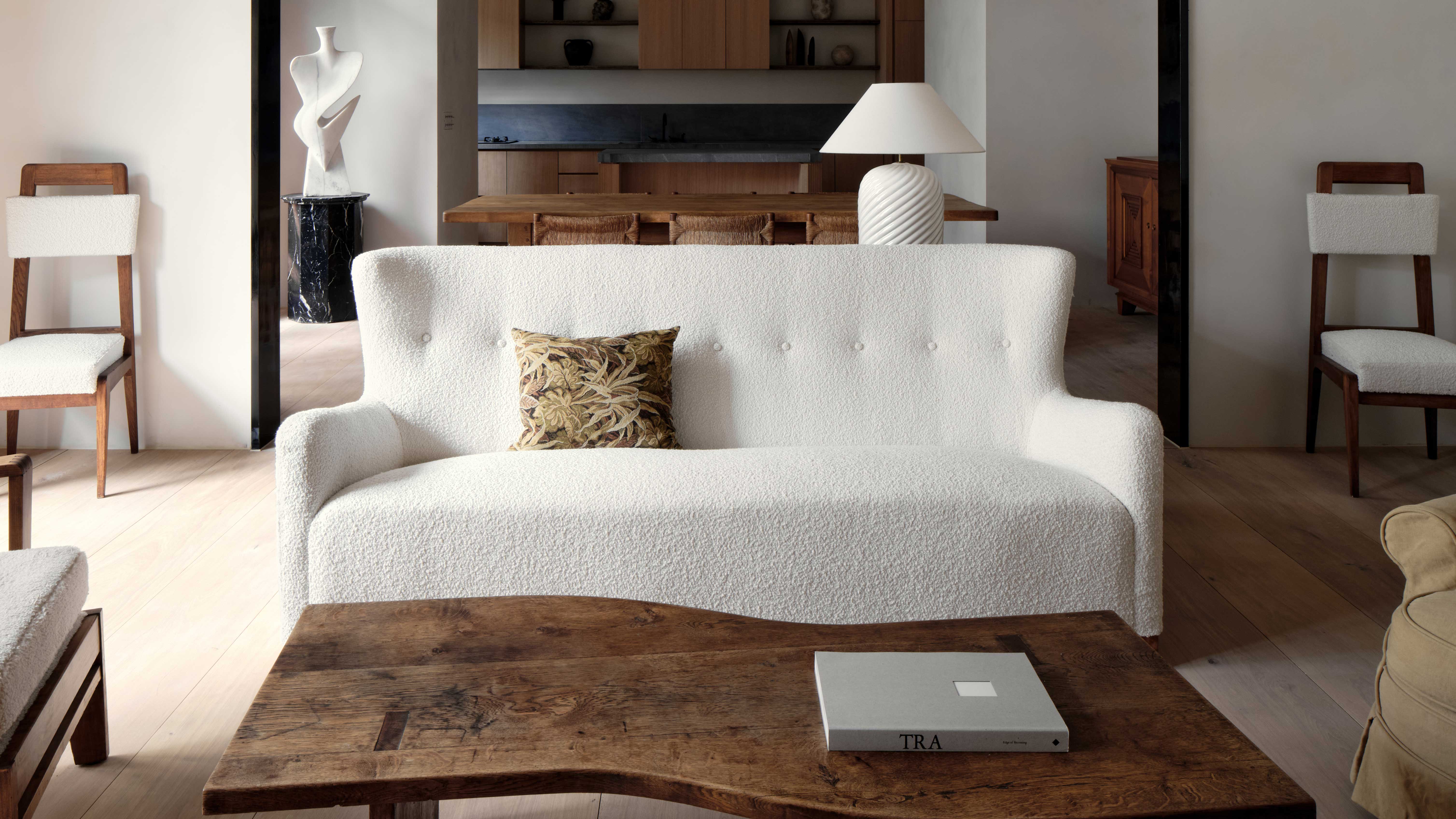

There are better ways to keep your home organized than waiting until its overflowing with stuff to undertake a big decluttering task. The best organizing professionals will always recommend decluttering in small increments, helping you to keep on top of mess in your home on a daily basis.
But when it comes to how to declutter your home, what should we be doing on a daily basis to keep homes feeling tidy and well-organized? Here are the 10 rules organizing pros follow to keep their own houses under control.
1. Follow a consistent routine
For the professional organizers we asked, their top tip is to follow a consistent routine. Firstly, dedicating a few minutes each and every day to declutter a small area can work wonders. Regularly decluttering and eliminating items you no longer need/want helps keep on top of clutter that easily builds up in the home. This can apply to lots of areas, such as paperwork, emptying the dishwasher, vacuuming, dusting, and taking out the trash. If you set yourself the time to do it, it’ll promptly be completed and you can tick it off the list
'Do one cleaning task daily,' Angela Agranoff, owner of The Unclutter Angel recommends. 'I prefer to clean as I go, instead of one major cleaning day (unless I have guests coming). Maybe it’s one day of dusting on one floor, vacuuming another day, changing sheets and towels on another. I never feel overwhelmed or frustrated with cleaning because I do it a little daily.' These small efforts are what create a well-maintained, clutter-free home.
'Some tasks are not necessarily daily, but weekly,' explains Mary Jo Contello, founder and professional organizer at Organized by MJ. 'Cleaning out my work bag so things that have been collected over the week get addressed or put back in their home. Same thing with my purse that collects receipts throughout the week.' It’s not so overwhelming when you get to a point where you can keep on top of things, that you’ll be put off the idea. Little by little you may chip away at areas quicker than you think.
2. Make a to-do list and prioritize
Next, write a to-do list and organize it in order of importance to avoid procrastination. Ensure to do this daily. If you keep an ongoing list it allows you to adjust when time doesn’t permit. We all love a list, along with that slight thrill we get at the moment of ticking something off. The trick is the order in which we tick things off.
'Make a game plan to plan your day,' says Jamie Hord, founder of Horderly Professional Organizing. 'Tackle your hardest task first, and schedule things so that you set aside the time and hold yourself accountable.' Planning the next day the night before can also help you feel prepared when you wake up.
3. Make the bed every morning
Make the bed every morning. It’s as simple as that. It sets a productive tone, starting the day fresh and Angela Agranoff ensures, 'it only takes a minute or two and gives you a ‘win’ at the beginning of the day!'

4. One in, one out
The 1-in-1-out method is a nice and easy rule to stick by. 'Practice 1-in-1-out: anytime something new comes into your house consider if something old should replace it,' says Jamie Hord. It’s simple but effective and will avoid accumulation of unnecessary clutter. You may also like to purge items before buying new ones.
5. Do a 10 minute tidy last thing at night
A 10 minute tidy last thing at night, or before you sit down to relax, resets the home for the next day and means you can go to bed a little more content. Start with clearing off flat surfaces like decluttering kitchen countertops, as clutter often begins to pile up here. You could go for a general sweep of the house or just focus on one small area and see how much you get done in those 10 minutes.

6. Mindful shopping
Next time you go to buy something, be mindful of these few things before you make the purchase. Avoid impulse purchases, consider the value and purpose of each new item, where will it live, and does it add anything to your home or life? If you’re hesitant, the decision has already been made.
7. Deal with things as they come in
Whether it’s mail, paperwork, the dishwasher completing a cycle, or packaging from a lunch you’ve just eaten – sort it as soon as it’s ready to sort. Organize the mail, file the paperwork, put the dishes away, and chuck that rubbish in the trash.
'A good example is every time the mail is brought in, I go through it and trash the junk and then either file away, or put it in its appropriate action pile,' encourages Mary Jo Contello. 'I only do laundry once a week but I put it away the same day or as soon as it is dry. This prevents a pile up. Dishes - rinse and put in the dishwasher as soon as you are done using them.'
If you can stick to this productive method, tidying as you go, apply it to anything and you’ll reap the benefits immediately.
8. Designated donation point
Some experts recommend keeping a donation box easily accessible to encourage ongoing decluttering. If you come across items you no longer need, consider donating or selling them. This not only lessens the clutter but also may help someone else.
9. Ensure everything has a home
Create a designated home for everything, this way, when you use something you can return it to its “home” and you’ll know where it is next time you need it. It sounds obvious, but realistically we all have a junk drawer full of random items we’re not quite sure what to do with.
You may find color coding clothes is a good option, or labelling cords with the device they go with, so you can see what you own and find it when needed. Another suggestion is to create tidy entryway to your home, setting the tone as you walk inside. Keep keys, bags, shoes and other essentials here, it’s easy to drop them off as you get home and you know exactly where to find them.
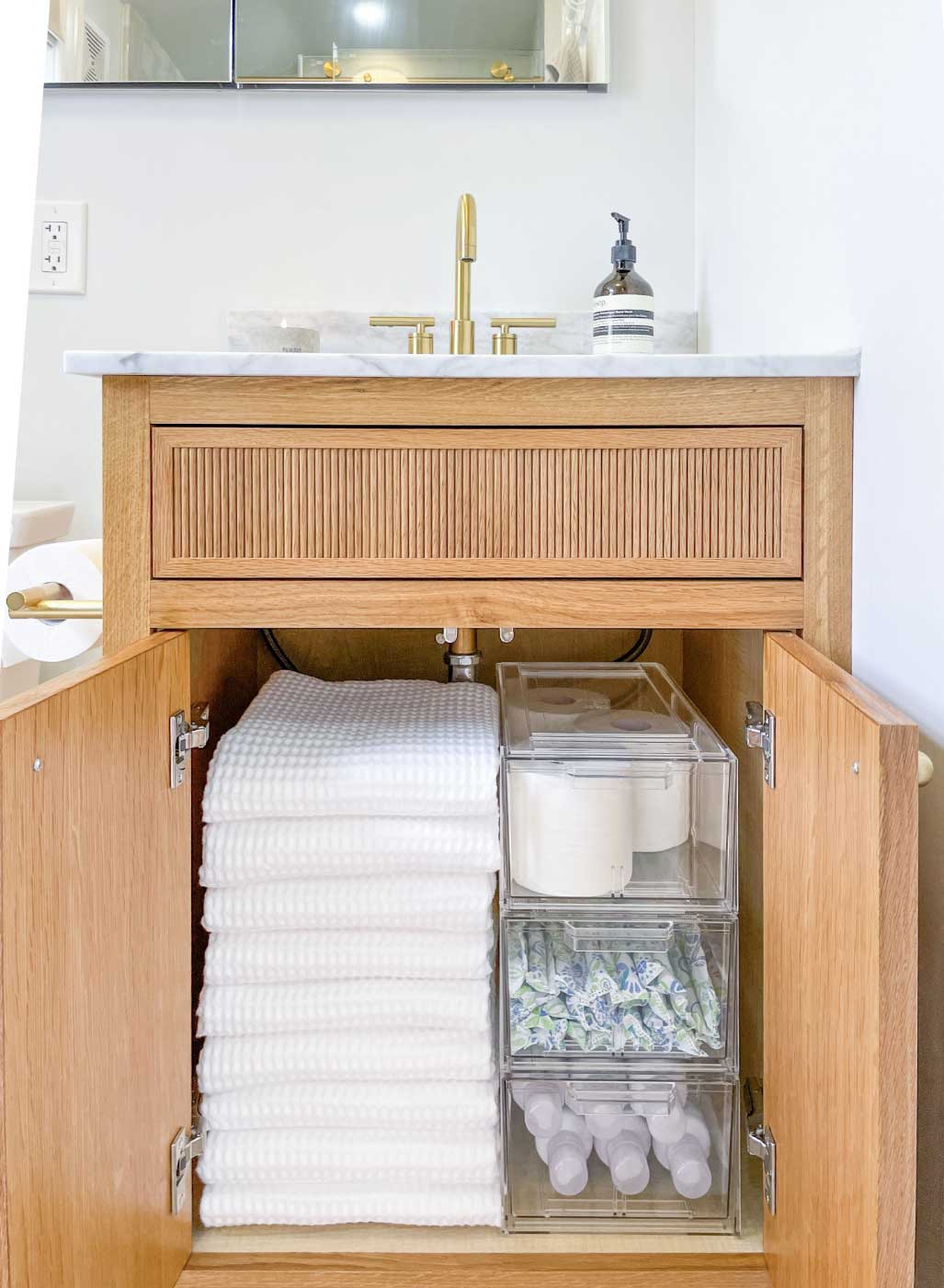
10. Use labels and containers
Initially, this is a task in itself to get organised, but once you have created your labels for the right sized containers, you won't look back. 'Keeping items in bins, baskets and boxes will lessen the mess in the cabinets,' explains Robyn Reynolds, Owner of Organize2Harmonize. 'Only store similar items together, and label the container. This will help to prevent other items from going into the wrong place.'
You can apply this method to almost anything. 'In the kitchen, use organizing supplies to maximize the height of the shelves in the cabinet,' says Robyn. 'Shelf dividers and mug holders are great for this. Pantry items should be kept in "like" zones - baking items together, snacks, grains, breakfast, sauces, cans, drinks, etc. Bathroom items should be kept in categories - body wash & soaps together, hair products, body lotions and creams, etc.”, you’ll be able to locate items much faster and there will be much less chaos in storage spaces.
'Create a homework kit for each child,' Robyn also suggests. 'Find a container that holds each of the things they need for doing homework - ruler, pencils, erasers, crayons, blank paper, calculator, etc.'This is a good way to help children learn organization skills from an early age.
It may seem a lot to take on at first, but gradually implementing these methods will help you to gain momentum and see big changes when you start seeing progress!
Be The First To Know
The Livingetc newsletters are your inside source for what’s shaping interiors now - and what’s next. Discover trend forecasts, smart style ideas, and curated shopping inspiration that brings design to life. Subscribe today and stay ahead of the curve.

Portia Carroll is an interior stylist, writer, and design consultant. With a background in interior architecture and design, she has a plethora of creative experience in the industry working with high end interior brands to capture beautiful spaces and products and enhance their qualities.
-
 Turns Out the Coolest New Café is Actually In Your Kitchen — Here's How to Steal the Style of TikTok's Latest Trend
Turns Out the Coolest New Café is Actually In Your Kitchen — Here's How to Steal the Style of TikTok's Latest TrendGoodbye, over-priced lattes. Hello, home-brewed coffee with friends. TikTok's 'Home Cafe' trend brings stylish cafe culture into the comfort of your own home
By Devin Toolen Published
-
 5 Bathroom Layouts That Look Dated in 2025 — Plus the Alternatives Designers Use Instead for a More Contemporary Space
5 Bathroom Layouts That Look Dated in 2025 — Plus the Alternatives Designers Use Instead for a More Contemporary SpaceFor a bathroom that feels in line with the times, avoid these layouts and be more intentional with the placement and positioning of your features and fixtures
By Lilith Hudson Published
